The Science Behind Dreaming and REM Sleep
Research shows that we experience an average of four to seven dreams every night, even if we do not remember them. These dreams typically last anywhere from a few minutes to about half an hour, adding up to one to two hours of dreaming per night. If you’ve ever wondered how dreams work or what we see in our dreams, you’re in the right place. Keep reading to explore the fascinating science behind dreaming.
REM Sleep and Dreaming
We go through five stages of sleep each night, with REM (Rapid Eye Movement) sleep being the fifth and final stage. REM sleep is also the deepest stage and is characterized by rapid eye movements. During this phase, brain activity is equal to—or even higher than—when we are awake.
REM sleep is the phase most strongly associated with dreaming. Research has shown that brain activity during REM sleep closely resembles the brain activity responsible for processing visual information when we are awake. This suggests that the eye movements we experience during REM sleep correspond to what we are “seeing” in our dreams.
This theory was supported by studies involving lucid dreamers—people who are aware that they are dreaming. Participants were instructed to squeeze their fists in a specific sequence during their dreams. Researchers observed that the participants’ eye movements matched the exact timing of these actions, confirming a strong connection between eye movement and dream imagery.
What Do We See in Our Dreams?
Scientists have proposed various dream theories in an effort to understand what dreams mean. Some researchers have even attempted to record dream content, with surprising levels of accuracy. This has raised the possibility that one day we may be able to “replay” our dreams like movies.
Dream imagery occurs when neurons fire in the primary visual cortex of the brain, allowing us to perceive visual scenes while asleep. Although dreams may feel realistic, they are not literal representations of people or events. Instead, dreams often symbolize emotions, memories, and experiences, whether recent or long past.
Many people turn to dream dictionaries to interpret symbols seen in dreams. However, dreams usually reflect feelings rather than direct meanings. For example, dreaming about a person or event often represents how you feel about a situation rather than the person or event itself.
Why Dreams Look Different From Real Life
Dreams often look different from waking vision. You may notice that colors appear muted, distorted, or even absent. Studies show that younger individuals, who grew up with color media, tend to dream more in color, while older individuals—who were exposed to black-and-white television—report more black-and-white dreams.
Dreams may also appear blurry. This can occur if you’ve recently experienced a change in vision while awake, or it may reflect feelings of confusion or avoidance in your waking life. Understanding your dreams can sometimes help you gain clarity or insight into problems you’re facing during the day.
Do Blind People See in Their Dreams?
Research indicates that people who became blind later in life often experience visual imagery in their dreams. Because they once had sight, their brains can recall visual experiences.
Interestingly, studies also show that congenitally blind individuals—those born blind—can experience visual content in dreams. Some have even been able to draw images they saw in their dreams. This challenges the assumption that visual dreaming requires prior sight.
One study on human fetuses found eye movements that matched activity in visual and frontal brain areas, suggesting that the visual system is active even before birth. Additional studies revealed that although blind individuals have fewer rapid eye movements during sleep, they recall dreams just as often as sighted individuals, with comparable vividness.
Research also shows that people born with hearing loss may dream of hearing and speaking, while people born blind tend to have dreams that emphasize touch, smell, taste, and emotion more strongly.
The Purpose of Dreams
Although no single dream theory has been definitively proven, many researchers believe that REM sleep plays a critical role in memory formation and learning. During REM sleep, the brain strengthens neural connections and processes emotional experiences.
Other theories suggest that dreams help us interpret events from our waking lives, solve problems, and regulate emotions. By replaying and reshaping experiences, dreams may help us better cope with challenges and stress when we are awake.
Final Thoughts
Dreaming is a complex and fascinating process that connects brain activity, emotion, memory, and perception. While much about dreams remains a mystery, science continues to uncover how REM sleep and the brain work together to create the vivid inner worlds we experience every night.
